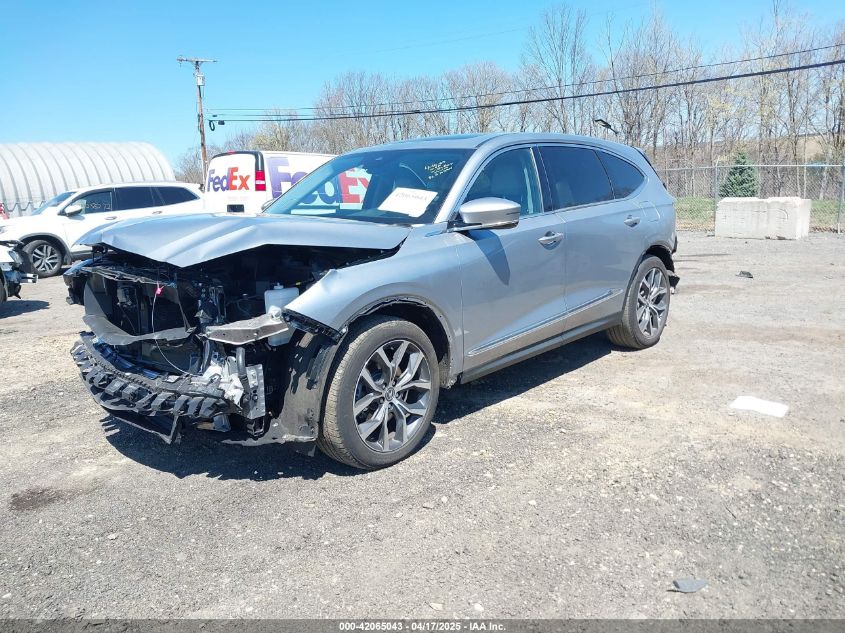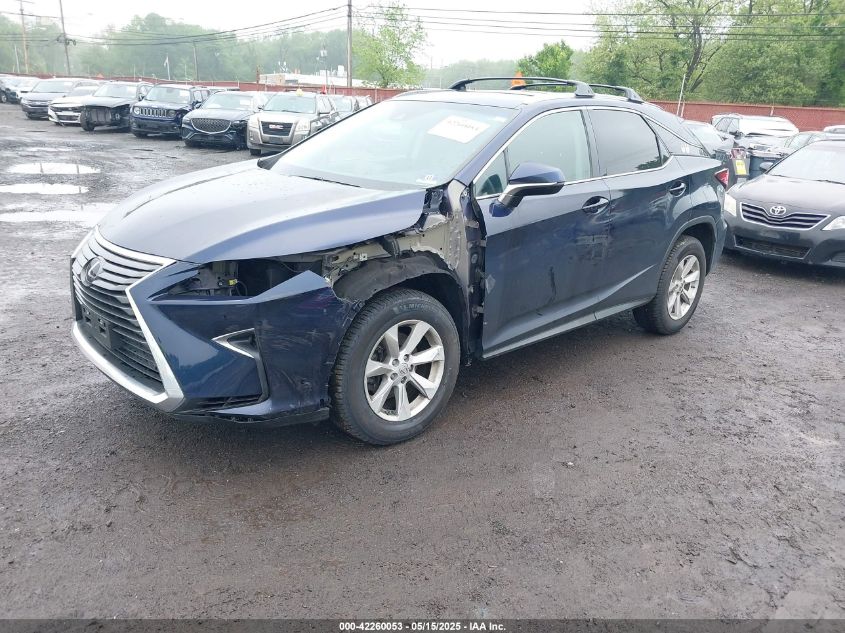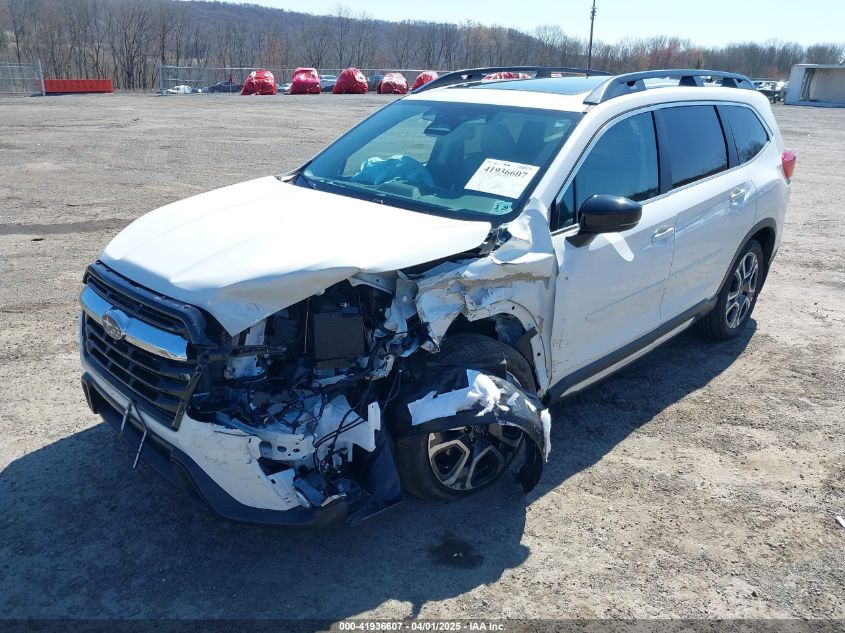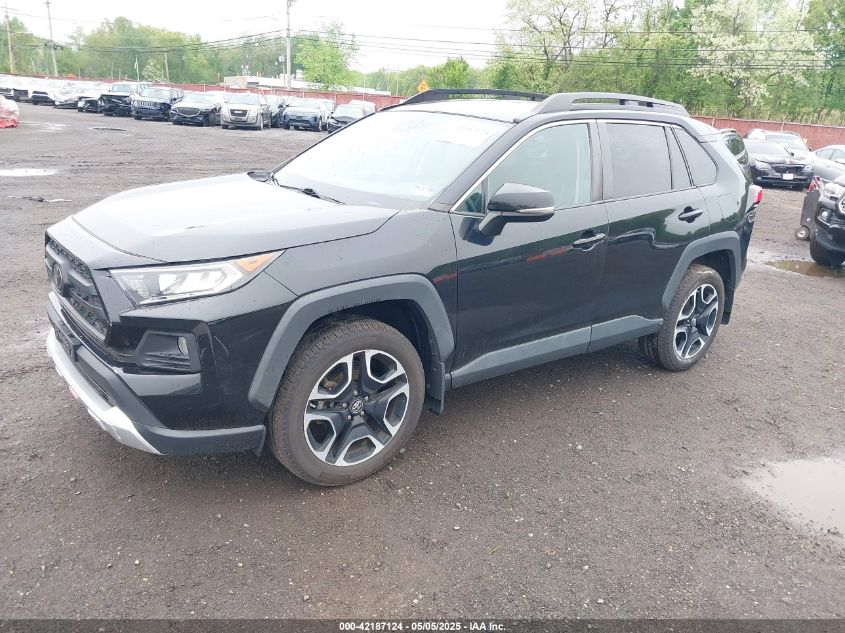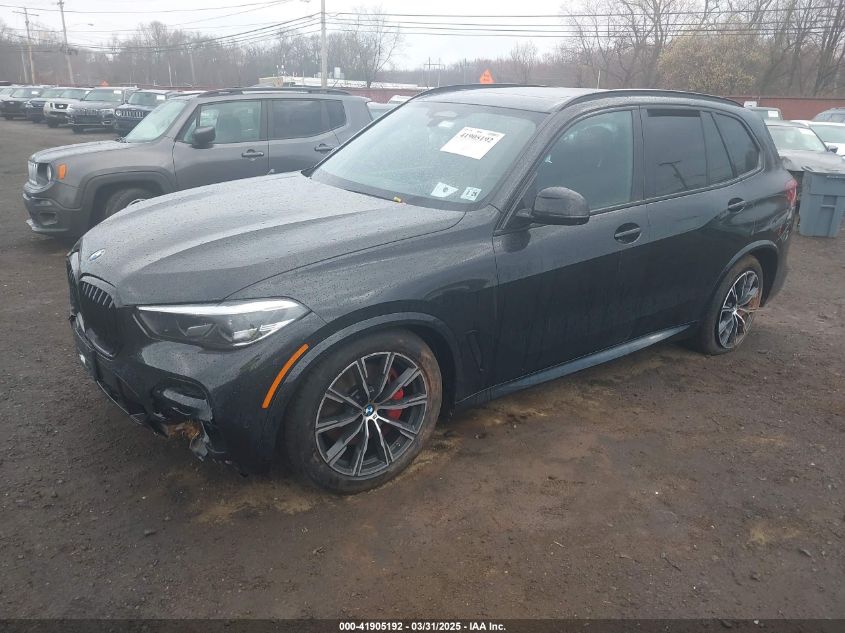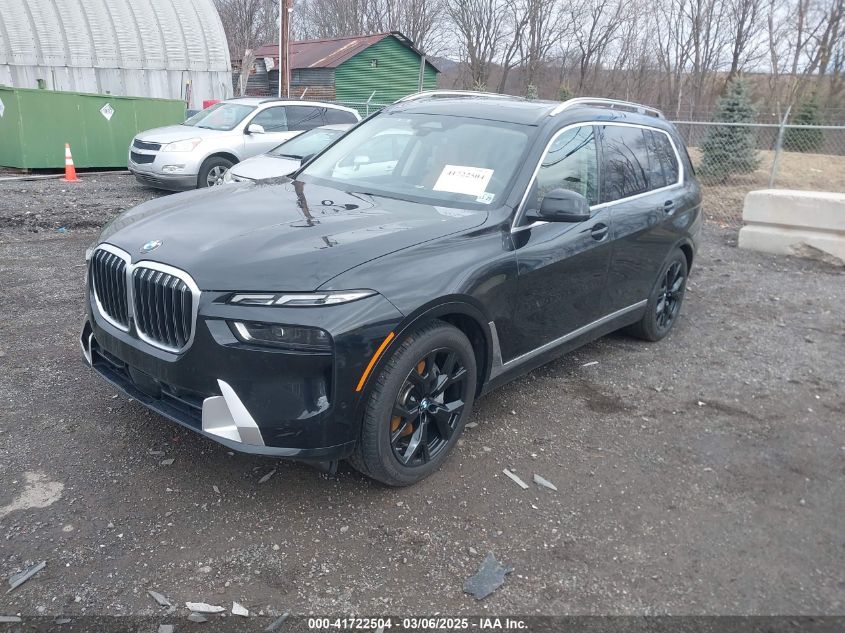2020 HONDA CR-V | 5J6RW2H8XLA019966
Specifications
2
~$40,000
Engine: 1.5L turbocharged I4
Torque: 243 Nm
0–100 km/h: : ~7.5 s
The fifth-generation Honda CR-V (2016–2022) offered more performance than its humble image might suggest—especially in 1.5-liter turbocharged form with all-wheel drive. With 190 horsepower and 243 Nm of torque, it could reach 0–100 km/h in about 7.5 seconds, making it one of the quicker mainstream compact SUVs in its class. Paired with a CVT tuned for responsiveness, the CR-V delivers brisk acceleration in city driving and confident merging at highway speeds.
While the handling is not overtly sporty, the CR-V features a well-balanced chassis with MacPherson struts up front and a multi-link rear suspension. Steering is light but accurate, and body roll is modest thanks to thoughtful damping. The AWD system enhances stability and traction in poor conditions without intruding on ride comfort or fuel economy. Even though the CR-V doesn’t target enthusiasts, its composed ride and surprising speed make it a quietly capable performer in real-world use.
Body Styles
The CR-V is a five-door compact crossover SUV with a modern and functional design. The 2017 redesign introduced a more sculpted and angular body, featuring a bold front grille, wing-shaped LED daytime running lights, prominent wheel arches, and a rising window line. A distinctive rear light signature with tall taillamps and a subtle spoiler gives it a recognizable look from the back. Higher trims like Touring added chrome accents, roof rails, and dual exhaust outlets, while the overall design maintained Honda’s focus on practicality, visibility, and aerodynamic efficiency.
Model Name Meaning (Manufacturer)
“CR-V” is commonly understood to mean “Comfortable Runabout Vehicle,” though Honda has also referred to it as “Compact Recreational Vehicle.” The name reflects its positioning as a small SUV designed for family utility, urban flexibility, and casual adventure, balancing comfort and capability.
Body & Interior Colors and Rims
The CR-V was offered in a wide variety of sophisticated and earthy tones such as Modern Steel Metallic, Lunar Silver, Obsidian Blue Pearl, Platinum White Pearl, Crystal Black Pearl, Radiant Red, and Sonic Gray Pearl (on later trims). Touring and Black Edition trims introduced more contrast elements like gloss-black wheels, smoked grille finishes, and darkened trim. Chrome detailing on the grille, side windows, and rear bumper differentiated upper trims from base models.
Inside, the CR-V featured a clean, horizontal dashboard design with high-mounted screens and intuitive controls. Materials ranged from durable fabric on LX and EX trims to soft-touch surfaces and perforated leather on EX-L and Touring. Interior color themes included black, ivory, and gray, with woodgrain or brushed aluminum accents depending on the trim. The Touring trim included ambient lighting, a digital gauge cluster, wireless charging, and a panoramic audio experience with the 9-speaker premium system. Rear seats reclined and folded flat, while cargo space led the segment at up to 75.8 cubic feet (2,146 liters) with seats down.
Wheels ranged from 17-inch silver alloys on base trims to 18- and 19-inch split-spoke or machine-finished wheels on higher trims. Sportier trims had black wheels or contrast inserts. The overall stance was upright and athletic, and the wheel designs complemented the CR-V’s balanced, no-nonsense aesthetic.
Top Expensive Options
- Touring Trim Package (Navigation, LED Headlights, Power Tailgate): $4,000+
- AWD System with Intelligent Control: $1,400
- Leather-Trimmed Seats with Heating and Power Adjustment: $1,200
- Honda Sensing Safety Suite (Standard after 2018): Included
- Wireless Phone Charging Pad (Touring): $350
- 9-Speaker Premium Audio System with Subwoofer: $750
- Power Moonroof with Tilt Function: $1,000
- Hands-Free Power Tailgate with Motion Sensor: $600
- Navigation with HD Traffic and Voice Control: $900
- Remote Engine Start and Smart Entry System: $500
vs Competitors
The CR-V competed with the Toyota RAV4, Mazda CX-5, Hyundai Tucson, Nissan Rogue, and Subaru Forester. Compared to the RAV4, it offered a more spacious cabin and smoother ride, though it lacked hybrid options early on. The Mazda CX-5 handled better but offered less rear-seat and cargo space. Against the Rogue and Tucson, the CR-V had superior performance, interior quality, and long-term reliability. The Forester matched the CR-V in space and traction but not refinement or drivetrain smoothness. The CR-V’s reputation for reliability, comfort, and real-world usability made it a favorite among both families and solo drivers across markets.
Fun Fact
The fifth-generation CR-V was Honda’s best-selling vehicle in North America for several consecutive years. In 2019, it became the first Honda SUV to sell over 5 million units globally, cementing its status as one of the most trusted and successful compact crossovers of all time.
Lot Details
-
Sale Date18/Jun/2025
-
Lot Number41837313
-
Sale document
-
Location
-
Odometer23,742 miles (38,209 km)
-
Primary Damage:FRONT & REAR
-
Secondary DamageLEFT & RIGHT SIDE
-
Seller
-
Fuel
-
Engine Type1.5L I-4 DI, DOHC, VVT, turbo, 190HP
-
Transmission
-
Drive Type
-
Color
Final Bid Honda CR-V (2020)
$10,100
$12,551
$18,500
Specifications
2
~$40,000
Torque:
0–100 km/h:
The fifth-generation Honda CR-V (2016–2022) offered more performance than its humble image might suggest—especially in 1.5-liter turbocharged form with all-wheel drive. With 190 horsepower and 243 Nm of torque, it could reach 0–100 km/h in about 7.5 seconds, making it one of the quicker mainstream compact SUVs in its class. Paired with a CVT tuned for responsiveness, the CR-V delivers brisk acceleration in city driving and confident merging at highway speeds.
While the handling is not overtly sporty, the CR-V features a well-balanced chassis with MacPherson struts up front and a multi-link rear suspension. Steering is light but accurate, and body roll is modest thanks to thoughtful damping. The AWD system enhances stability and traction in poor conditions without intruding on ride comfort or fuel economy. Even though the CR-V doesn’t target enthusiasts, its composed ride and surprising speed make it a quietly capable performer in real-world use.
Body Styles
The CR-V is a five-door compact crossover SUV with a modern and functional design. The 2017 redesign introduced a more sculpted and angular body, featuring a bold front grille, wing-shaped LED daytime running lights, prominent wheel arches, and a rising window line. A distinctive rear light signature with tall taillamps and a subtle spoiler gives it a recognizable look from the back. Higher trims like Touring added chrome accents, roof rails, and dual exhaust outlets, while the overall design maintained Honda’s focus on practicality, visibility, and aerodynamic efficiency.
Model Name Meaning (Manufacturer)
“CR-V” is commonly understood to mean “Comfortable Runabout Vehicle,” though Honda has also referred to it as “Compact Recreational Vehicle.” The name reflects its positioning as a small SUV designed for family utility, urban flexibility, and casual adventure, balancing comfort and capability.
Body & Interior Colors and Rims
The CR-V was offered in a wide variety of sophisticated and earthy tones such as Modern Steel Metallic, Lunar Silver, Obsidian Blue Pearl, Platinum White Pearl, Crystal Black Pearl, Radiant Red, and Sonic Gray Pearl (on later trims). Touring and Black Edition trims introduced more contrast elements like gloss-black wheels, smoked grille finishes, and darkened trim. Chrome detailing on the grille, side windows, and rear bumper differentiated upper trims from base models.
Inside, the CR-V featured a clean, horizontal dashboard design with high-mounted screens and intuitive controls. Materials ranged from durable fabric on LX and EX trims to soft-touch surfaces and perforated leather on EX-L and Touring. Interior color themes included black, ivory, and gray, with woodgrain or brushed aluminum accents depending on the trim. The Touring trim included ambient lighting, a digital gauge cluster, wireless charging, and a panoramic audio experience with the 9-speaker premium system. Rear seats reclined and folded flat, while cargo space led the segment at up to 75.8 cubic feet (2,146 liters) with seats down.
Wheels ranged from 17-inch silver alloys on base trims to 18- and 19-inch split-spoke or machine-finished wheels on higher trims. Sportier trims had black wheels or contrast inserts. The overall stance was upright and athletic, and the wheel designs complemented the CR-V’s balanced, no-nonsense aesthetic.
Top Expensive Options
- Touring Trim Package (Navigation, LED Headlights, Power Tailgate): $4,000+
- AWD System with Intelligent Control: $1,400
- Leather-Trimmed Seats with Heating and Power Adjustment: $1,200
- Honda Sensing Safety Suite (Standard after 2018): Included
- Wireless Phone Charging Pad (Touring): $350
- 9-Speaker Premium Audio System with Subwoofer: $750
- Power Moonroof with Tilt Function: $1,000
- Hands-Free Power Tailgate with Motion Sensor: $600
- Navigation with HD Traffic and Voice Control: $900
- Remote Engine Start and Smart Entry System: $500
vs Competitors
The CR-V competed with the Toyota RAV4, Mazda CX-5, Hyundai Tucson, Nissan Rogue, and Subaru Forester. Compared to the RAV4, it offered a more spacious cabin and smoother ride, though it lacked hybrid options early on. The Mazda CX-5 handled better but offered less rear-seat and cargo space. Against the Rogue and Tucson, the CR-V had superior performance, interior quality, and long-term reliability. The Forester matched the CR-V in space and traction but not refinement or drivetrain smoothness. The CR-V’s reputation for reliability, comfort, and real-world usability made it a favorite among both families and solo drivers across markets.
Fun Fact
The fifth-generation CR-V was Honda’s best-selling vehicle in North America for several consecutive years. In 2019, it became the first Honda SUV to sell over 5 million units globally, cementing its status as one of the most trusted and successful compact crossovers of all time.


